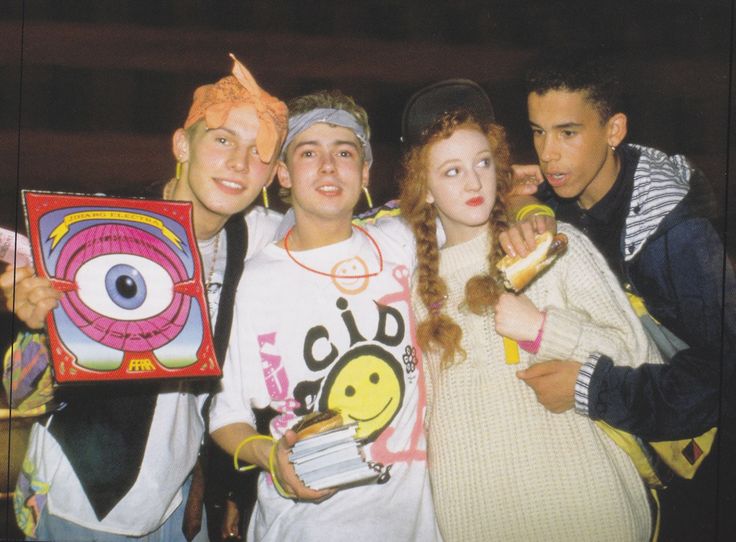David Tudor was an experimental composer and pianist of great importance in the development of music and recording techniques. He utilised both electronics (his homemade musical circuits) and analogue instruments. Most of his published works were in experimental electronic music. This article presents a number of his works recorded in video, as well as providing information and the history behind the works.
Rainforest began as an experimental musical composition, but with time, it evolved into a full-scale musical installation. Like many performance-based installations, there were a lot of different versions of it in every event.

Untitled is a part of a series composed in the 1970s. The series was produced through experiments in generating electronic sound without oscillators, tone generators, or recorded sounds. Composed in 1972, it was designed for simultaneous performance with John Cage’s vocalization of his Mesotics re Merce Cunningham. The work was redone in 1982, and performed with improvised vocals by Takehisa Kosugi.
MICROPHONE was a work David Tudor created for the Pepsi Pavilion in 1970 using feedback in the Pavilion space between two shotgun microphones and the 37 speakers that were placed inside. This feedback was processed through a system designed by Gordon Mumma. Another version was made at Mills College which utilized more than just one room/hall. MICROPHONE was the basis for a commission titled “Dinosaur Parts” (1974) with the Viola Farber Dance Company. There was a video dance collaboration, “Brazos River”, made with Viola Farber (choreography), Robert Rauschenberg (sets), and David Tudor (music).
This work was part of Three Works For Live Electronics. Originally released on LP in 1984 and rereleased in September 1996, just following Tudor’s death on August 13, Phonemes was added to it.
Phonemes was commissioned by the Merce Cunningham Dance Company for Cunningham’s dance Inserts, a work made both as a “film dance” and for the stage. Phonemes uses 2 discrete processes which provide input source material for an array of sound modifying electronics, which creates lots of outputs.
Pulsers dives into rhythms created electronically by analog circuitry. With analog, the time-base common to the rhythms can be varied in a multitude of ways by the performer.
Neural Synthesis (No. 2), was created for the Neural-Network Audio Synthesizer, an instrument developed for David Tudor by the designer Forrest Warthman in collaboration with Mark Thorson and Mark Holler of Intel Corporation. The instrument uses Intel’s 80710NX neural-network chip, which can process both analog and digital signals at the same time. The Neural-Network Audio Synthesizer is unique because it utilises exclusively the chip’s analog capabilities.
The album Neural Synthesis 6-9 combines music and electrical engineering, all inspired by biology. Tudor surrounds the synthesiser with his own unique electronic devices, and in the recording of the CD version meant for headphone listening, he used a new binaural technique for translating sound into out-of-head localisations. The sound seems to originate from specific, changing points around the listener’s space. David Tudor’s Neural Synthesis recordings are based off of a score named Neural Network Plus. A stereo ambient microphone (Pearl TL-4) was placed in the middle of the room above a Sennheiser binaural head outfitted with Sony ECM-5 microphones.
Resources
https://www.moma.org/magazine/articles/166
https://www.pointofdeparture.org/archives/PoD-44/PoD44Tudor.html
https://www.dramonline.org/albums/david-tudor-three-works-for-live-electronics/notes
https://www.discogs.com/release/1085031-David-Tudor-Three-Works-For-Live-Electronics









